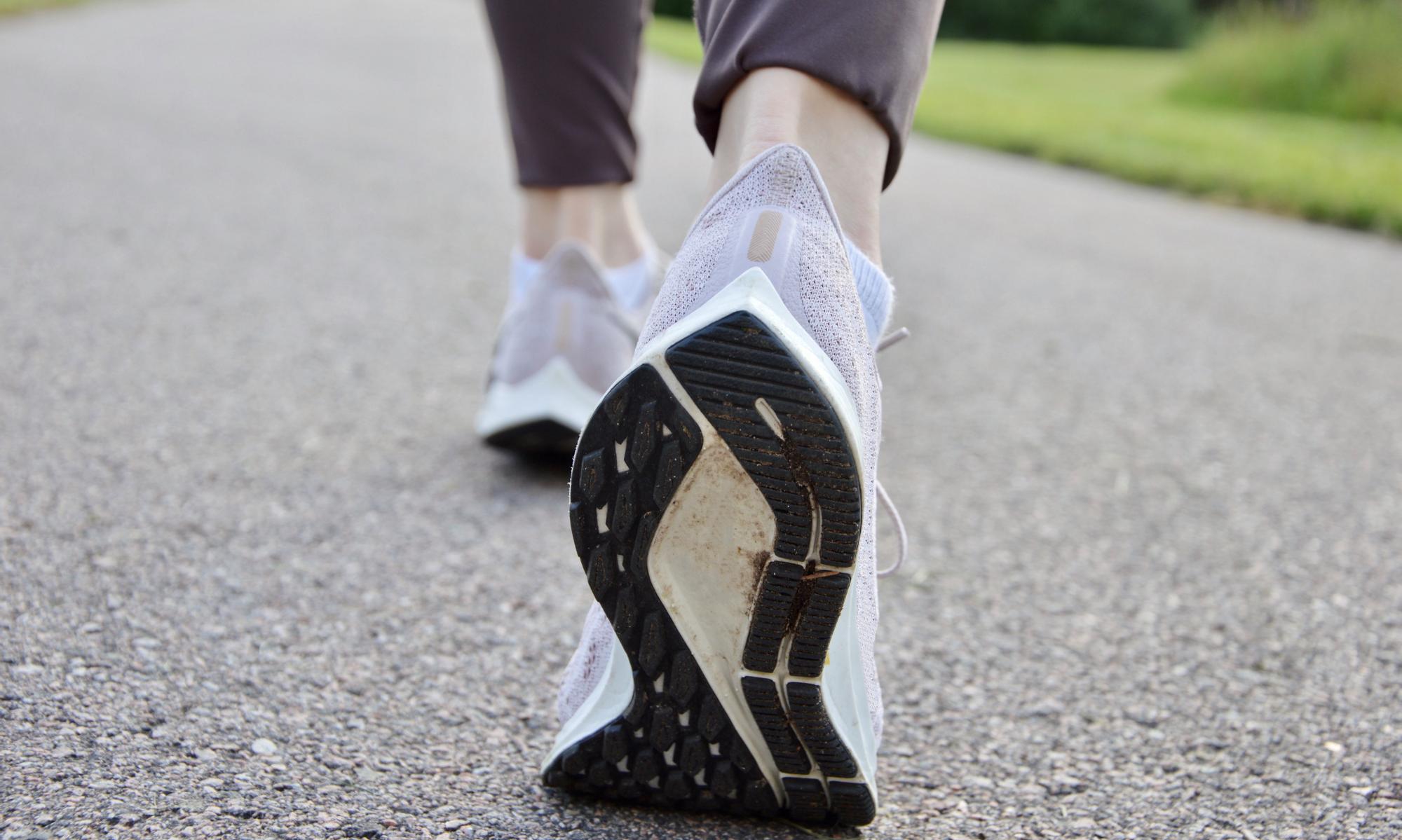
Researchers have hit on an unusual tip for walkers who want to burn more calories: rather than plodding along steadily from start to finish, consider taking rest stops.
The advice emerged from a study of volunteers who were put through their paces in the laboratory to measure the oxygen and energy demands of short strolls versus longer walks.
Tests on the participants found that walking or climbing stairs in 10- to 30-second bouts required 20 to 60% more oxygen, a proxy for energy consumption, than covering the same distance in one continuous session, largely because walking is more efficient after several minutes in motion.
“When we walk for shorter bouts, we use more energy and consume more oxygen to cover the same distance,” said Francesco Luciano, a researcher at the University of Milan and first author on the study. “It’s like having a car that consumes more fuel during the first few kilometres than it does afterwards.”
The team launched the study after noticing that many estimates of the energy needed for walking drew on data from people exercising at a metabolic steady state. That is when the heart rate is constant and the body’s energy production and consumption are balanced, a state compared to a car travelling at cruise speed.
To learn more about the energy needs for different walks, the scientists recruited 10 healthy volunteers who were monitored as they exercised on a stair climber and a treadmill. The exercises covered three different speeds with bouts lasting from 10 seconds to four minutes.
During the exercise sessions, the researchers recorded how much oxygen each person consumed and worked out the metabolic demands for the various walks. They found that more energy was needed at the start of each walk, to get going and warm the body up, than later in the exercise when the body was already moving and working more efficiently.
“When we start walking, we may incur some fixed costs at the beginning of the bout,” Luciano said. “In analogy, driving a car needs some fuel to start the engine or get the car out of the garage. We found that when starting from rest, a significant amount of oxygen is consumed just to start walking. We incur this cost regardless of whether we then walk for 10 or 30 seconds, so it proportionally weighs more for shorter rather than longer bouts.”
Measurements of the participants on the exercise machines also revealed that in the earliest stages of a walk, people are less efficient at converting oxygen and energy into effective movement, but this improves as they get in their stride.
.
Beyond the implications for healthy people, the work will help inform the design of rehabilitation programmes and exercise advice for those with limited mobility, such as people with obesity and those who have had strokes.
“Researchers have usually measured energy demands over walking bouts lasting many minutes. However, many people are not even able to walk for so long. Think of elderly individuals or people with gait disorders,” Luciano said.
“If we want to design programmes to promote physical activity or exercise for these people, we need to rethink how to estimate their energy demands and adapt. Understanding the energy demands of short bouts of walking could help us promote physical activity in a more inclusive way.”


Post a Comment
0Comments